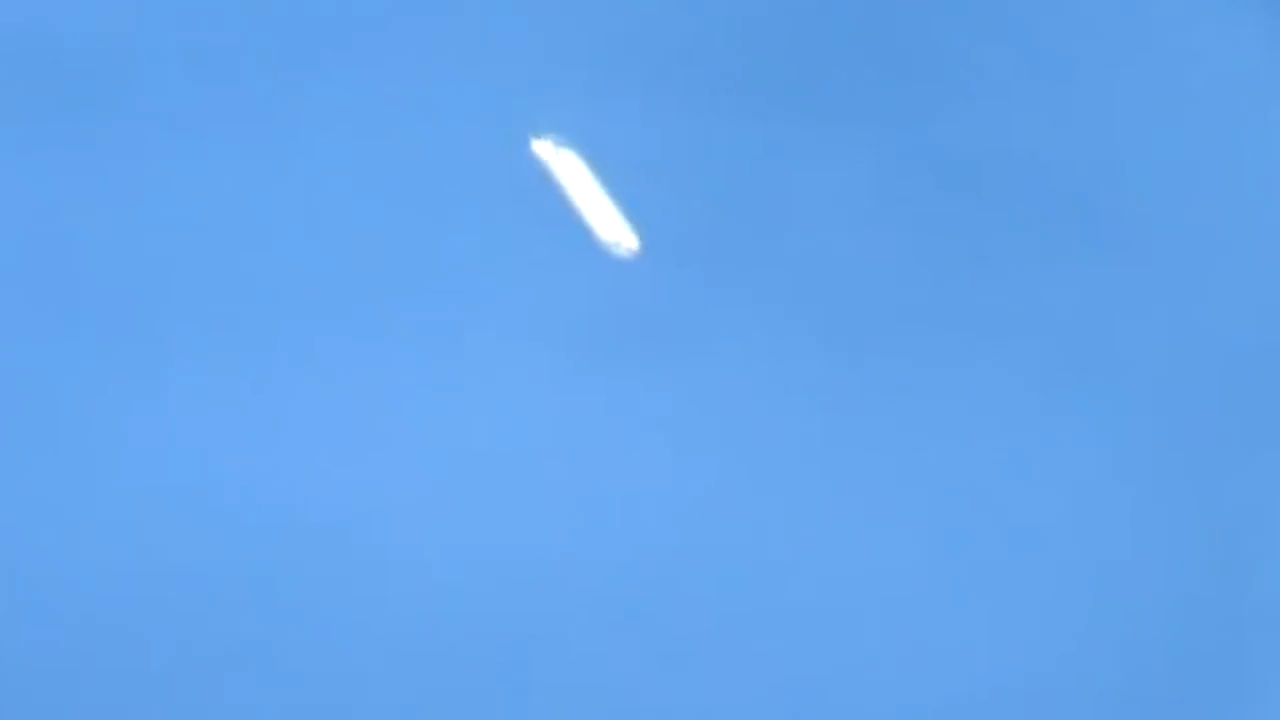UFO Sighting? No, Just Google's 'Rogue' Balloon

Two years ago, a Google balloon launched to test the feasibility of delivering the Internet to people around the world achieved notoriety when it was identified as a UFO in Pike County, Kentucky.
Turns out, the balloon responsible for the mass UFO sightings was not only a prototype, but one that wasn't following the plans of its designers.
"This is a balloon that went rogue," said Google X Rapid Evaluation team leader Rich DeVaul at Smithsonian magazine's "The Future is Here" festival in Washington, D.C., on May 17. "No one outside Google X knows this," DeVaul added. [Where to Spot 'UFOs' (Infographic)]
On Oct. 16, 2012, amateur astronomer Allen Epling told a local reporter that it looked "like two fluorescent bulbs, side by side, parallel, shining very brightly."
"It would get so bright they would seem to merge, and you could see it very clearly with the naked eye," Epling said. "Then, it would dim down to almost invisible. … It wasn't like anything I recognized. Definitely not an airplane, and I've never seen a helicopter that looked like that."
The unidentified flying object, which remained fairly stationary for hours at an altitude of 60,000 feet (18,300 meters) above Pike County, resulted in several phone calls to the local police department. Government officials were unable to explain the potential alien spaceship.
When Google claimed credit for the mysterious object nearly a year later, the company announced that it was part of Project Loon, a Google project attempting to bring the Internet to places around the world where fiber cable or satellites might not be efficient. According to DeVaul, UFO buffs scoffed, pointing out that the images captured by Epling bore little to no resemblance to the public photos released by Google.
Breaking space news, the latest updates on rocket launches, skywatching events and more!
The reason, DeVaul said, is that the balloon was a completely new prototype. Unlike its more conventional-looking predecessors, the Falcon 11 is much more elongated — it's a 120-foot-long (37 meter) cylinder. DeVaul compared the transparent mylar of the balloon to the material that makes up trash bags.
Not only was Google unable to control the balloon, but those involved also lost the ability to track the new prototype. Instead, they found themselves relying on UFO watchers across the country, tracing its trip from California to its most famous sighting in Kentucky, then on to Canada over the course of 11 days.
"If you want to start a secret stratospheric program, and one project goes rogue, you can outsource your tracking to the UFO guys," DeVaul said.
Google declined further comment.
Follow us @Spacedotcom, Facebook and Google+. Original article on Space.com.

Nola Taylor Tillman is a contributing writer for Space.com. She loves all things space and astronomy-related, and always wants to learn more. She has a Bachelor's degree in English and Astrophysics from Agnes Scott College and served as an intern at Sky & Telescope magazine. She loves to speak to groups on astronomy-related subjects. She lives with her husband in Atlanta, Georgia. Follow her on Bluesky at @astrowriter.social.bluesky
